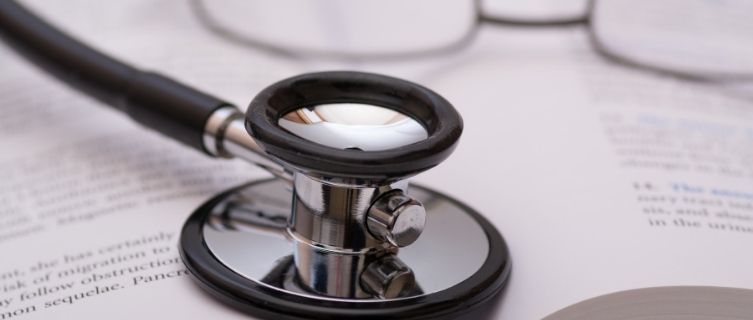4 tips for translating medical device terminology
There’s a lot at stake when translating medical device terminology. Such translations carry a high risk to human life. This means your translations need to be accurate. This guide will cover some best practices to follow when translating medical device terms.
Establish a reliable glossary
A comprehensive and accurate glossary is necessary for any translation. When it comes to medical devices, it’s even more important.
For example, homographs and homonyms — words that share the same spelling but have different meanings — can cause problems. The word ‘discharge’ in English has a specific medical definition in addition to its main usage, but this isn’t the case in many other languages.
Simply directly translating ‘discharge’ could result in confusion, so this needs to be addressed in the glossary.
When putting together a glossary, it’s a good idea to communicate closely with your translator for confirmation. Make sure it’s 100% accurate and there are no problems or misunderstandings.
Take care with brand names
Brand names for specific drugs are commonly used interchangeably with the proper names for medicines, but they aren’t the same thing. Plus, drug brand names often change depending on the language, making it important to use the correct translation.
Your brand name is one thing you probably won’t want to change when translating. For this reason, make sure you include brand names in the glossary so they aren’t altered during the translation process.
Brand names are different from proper nouns. Not all brand names are proper nouns, and not all proper nouns are brand names. For example, ‘GSK’ is a brand name but not a proper noun. Whereas ‘Sudafed’ can function as both.
Watch out for proper nouns
Proper nouns, like the names of academic institutions or specific devices, can be translated in a number of ways. How you do it will depend on the audience and context, and the rules you and others involved in the project decide on. Some options include:
- Leave them unchanged if the audience is sure to understand them (for example with globally recognized names)
- Explain them in-text. This is necessary if the reader is unfamiliar with the concept, even in their own language.
- Modify them to make more sense in the target language. This might involve changing word order to better fit the language’s structure, or translating to an equivalent term.
Use jargon and acronyms correctly
Technical jargon and abbreviations are common in medical texts and can cause confusion. Here are some things to keep in mind:
- Be clear and consistent. Use plain, accessible language, especially when writing for non-technical readers such as patients.
- Never assume the reader will understand, or that the term will make sense in both languages
- Spell out each acronym in full at least once, if the style guide specifies this
- Jargon might not translate directly, in which case you will have to find an equivalent phrase in the target language or make the point more literally
Translating texts for medical devices is more challenging than many other forms of translation. It’s an important task, with a high margin for error and high stakes. A few key things to keep in mind:
- Always exercise caution
- Ask for confirmation when things are unclear
- Ensure you leave no room for doubt in the final product
If you’d like to learn more about how BURG Translations helps you ensure high quality medical device translations, contact us today.







